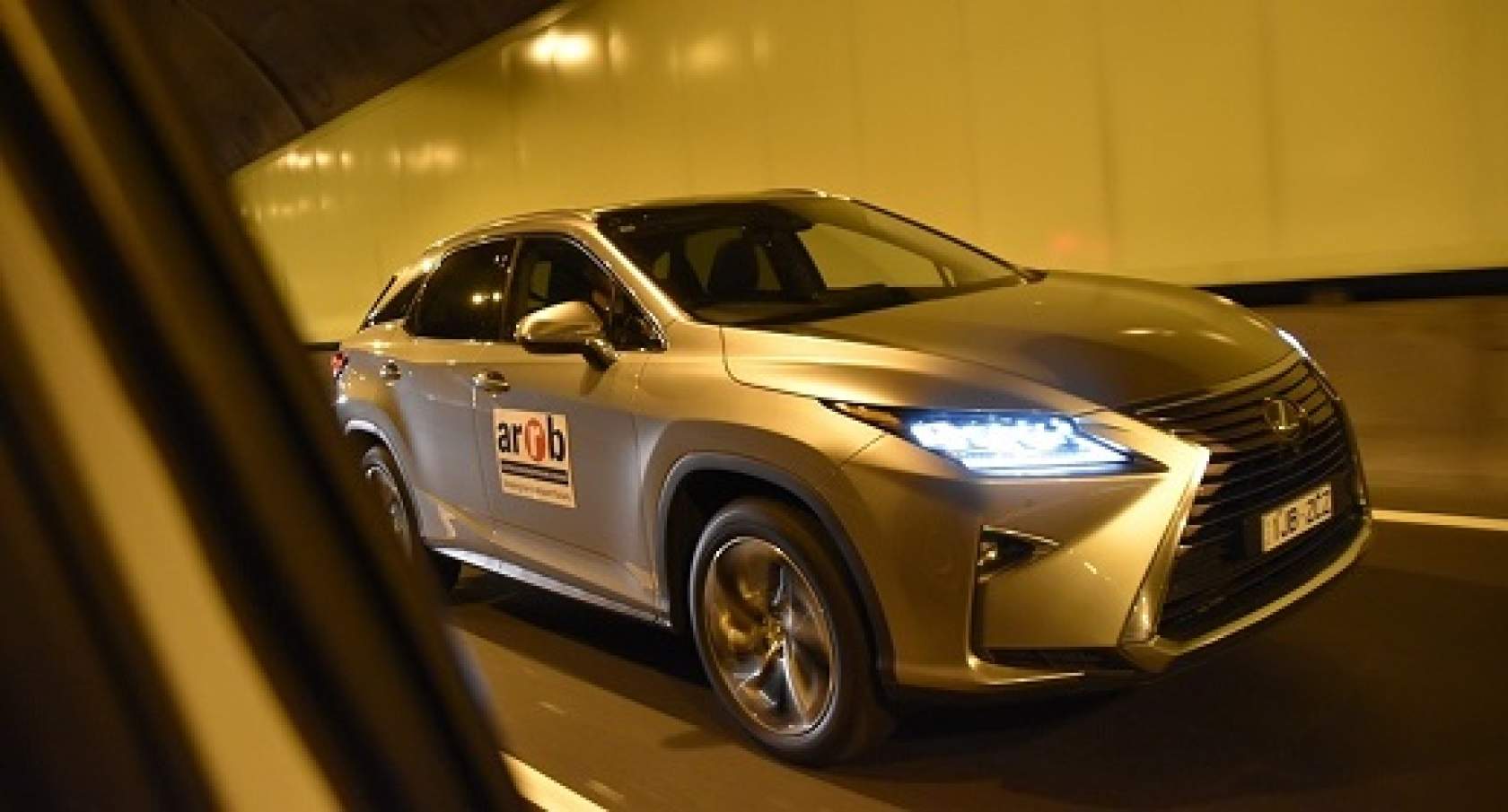- Home >
- News & Media > Results of 2018 Annual Victorian Self-Driving Car Survey
Results of 2018 Annual Victorian Self-Driving Car Survey

More than 18,000 motorists participated in EastLink's self-driving car survey this year, which is a massive 20% increase on last year. This is the largest survey of its type in the world.
This survey shows what Victorian motorists think about self-driving cars, driver assistance technologies, vehicle connectivity, electric power and road use charging – technologies which are expected to converge in cars of the future...
Fewer motorists want a fully self-driving car, while more motorists want the latest driver assistance features
Compared to last year, fewer motorists want a fully self-driving car - the hype bubble has burst.
However, more motorists want (and more motorists use) the latest semi-automated driver assistance features like lane departure warning, lane keeping assistance, adaptive cruise control and automatic emergency braking. This is great news, as these features deliver many safety benefits and they are increasingly available in family cars. Widespread adoption of these features will make our roads safer.
These results support EastLink’s expectation that semi-automated driver assistance features will become commonplace before fully autonomous vehicles.
Eight in ten motorists would travel as a passenger in a fully self-driving car where the vehicle has a driver who is monitoring and able to take over control. However, the majority of motorists would not yet travel as a passenger in a fully self-driving car where the vehicle is completely driver-less and there are no driving controls.
A significant proportion of motorists expect that fully self-driving vehicles should be absolutely 100% safe with no possibility of ever being involved in a collision, even though this is an unrealistic expectation.
These are significant hurdles for the vehicle automation industry to overcome. EastLink believes that motorists must first become accustomed to, and gain trust in driver assistance technologies, using these technologies every day in their family car before they will accept fully self-driving cars.
Most motorists want a connected car
Compared to last year, demand for connected car features is largely unchanged. A clear majority of motorists still “definitely want” their next car to be connected to a data network for traffic warnings, road condition warnings and vehicle security features.
This demonstrates the importance of EastLink’s trials of 5.9GHz infrastructure to vehicle communications, which started this year. A major focus of these trials is the delivery of information about road and traffic conditions to the vehicle for presentation to the driver during the journey, to better inform the driver about the road ahead.
Desirability of hybrid power now rivals traditional petrol combustion engines
Meanwhile, the desirability of hybrid and fully electric cars has increased further, with hybrid power now rivalling traditional petrol combustion engines.
Should Australia set a date for the end of sales of traditional petrol and diesel combustion-engined cars? This has already been done in countries such as the UK, France, Norway and China. Policy certainty would, we believe, help industries plan for the future.
A per-kilometre road use charge concept is more popular than fuel tax
There are more motorists who think it’s unfair that electric vehicles avoid fuel tax compared to those who think it’s fair.
More motorists think fuel tax should be replaced by a per-kilometre road use charge compared to those who prefer the status quo.
And the majority of motorists think any future road use charge should provide a discount for electric vehicles to encourage take-up.
Download the media release which includes the survey results:
Results of 2018 Annual Victorian Self Driving Vehicle Survey
Watch the video showing accidents that could have been avoided using the latest driver assistance features:
Watch the video report by ARRB on Phase 1 of the EastLink trials of automated vehicle technologies:
